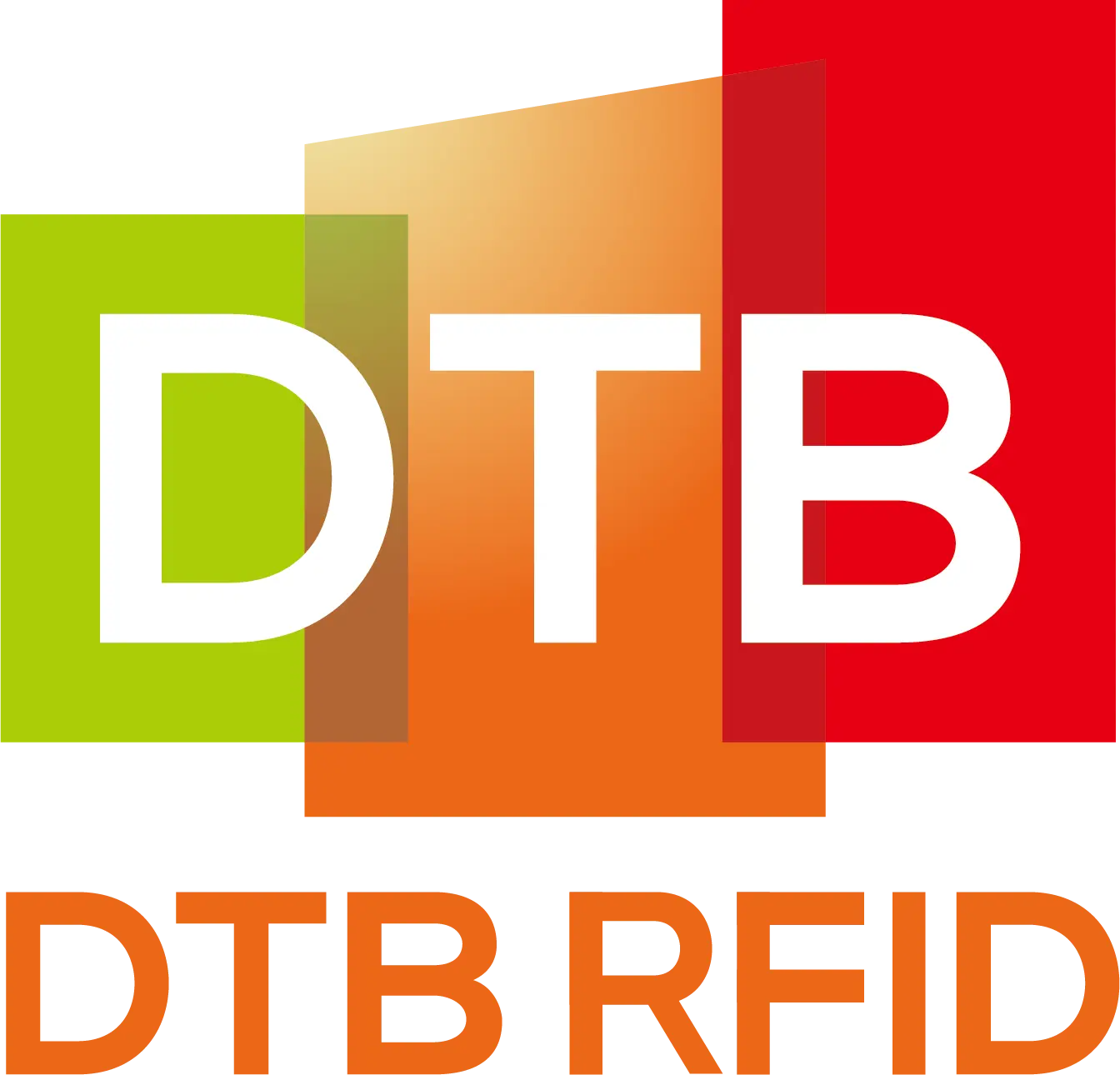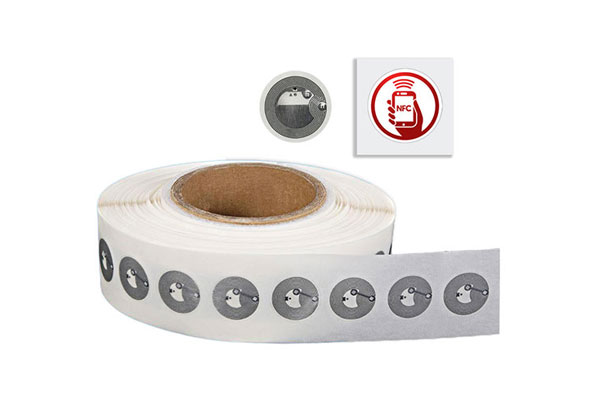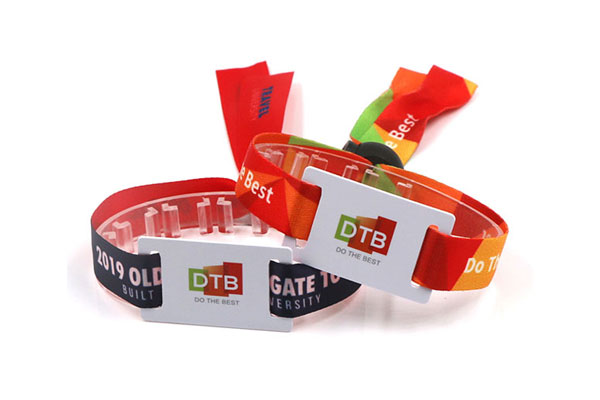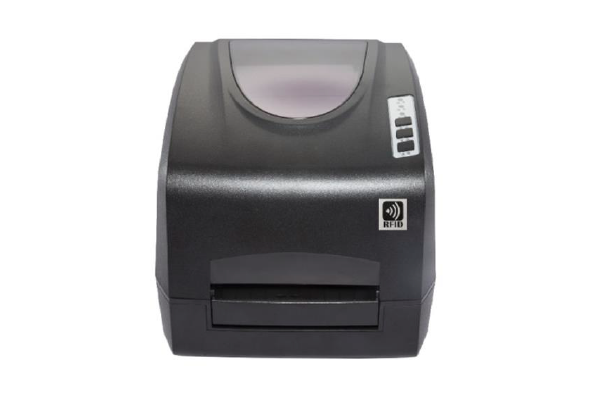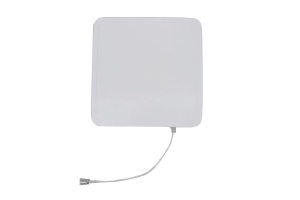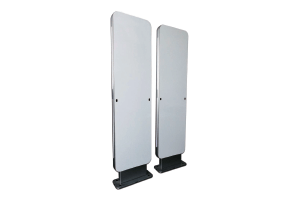Managing books at a publishing house is far more complex than it seems. From warehouse inventory to shipping logistics, sample copy distribution to return handling, traditional barcode systems often fall short in speed, traceability, and automation. RFID presents a robust alternative—offering real-time visibility, hands-free data capture, and streamlined operational control.
Understanding RFID in the Publishing Context
In RFID systems, data is transmitted wirelessly using electromagnetic fields. A typical setup involves:
RFID Tags (Transponders)
These are embedded in or attached to books, each carrying a unique ID that can be read without line-of-sight. For publishers, UHF (Ultra High Frequency, 860–960 MHz) RFID tags are typically used due to their longer read range (up to 6 meters) and ability to support bulk scanning.
Tag Type: Paper-thin inlays or adhesive labels
Placement: Inside the back cover, spine, or dust jacket
Encoding: Includes ISBN, batch number, print run, or warehouse location ID
RFID Readers and Antennas
These devices emit radio signals to power and communicate with RFID tags. In a publisher’s operations, different types of readers serve different functions:
Handheld readers for shelf inventory and audits
Portal readers at dock doors for shipment verification
Fixed readers in conveyor systems or storage zones
Desktop encoders for tag writing during production
Middleware and Backend Software
RFID data flows into middleware that filters and routes it to a centralized ERP, WMS (Warehouse Management System), or LIMS (Library Information Management System). Middleware handles events such as:
Tag authentication
Location tracking
Movement logs (inbound/outbound)
Data synchronization with print schedules and orders
This ecosystem ensures publishers can manage thousands—or millions—of titles efficiently, with reduced human error and vastly improved visibility across supply chains.
Implementing an RFID Book Management System
RFID adoption is no longer confined to libraries and retailers. Today’s large-scale publishers use RFID to accelerate supply chain logistics, improve print-to-stock workflows, and reduce losses due to misplacement or duplication. Here’s how a typical setup unfolds:
Step 1: Define Objectives and Workflow Mapping
Start with identifying the pain points in your current system:
Manual inventory taking is time-consuming
High error rate in outbound shipments
Difficulty locating sample copies or remainders
Lack of real-time visibility into warehouse stock
Next, map your operational flow: printing → tagging → storing → shipping → returns. This helps determine where RFID should be embedded in the lifecycle.
Step 2: Select Appropriate RFID Tags
RFID tag selection depends on:
Book dimensions and materials
Thin paperbacks require slim, flexible inlays; hardcover books can support thicker tags.
Printing and binding process
Tags must withstand heat, pressure, and adhesives. Some publishers choose pre-encoded tags embedded during printing; others opt for post-print sticker application.
Reading environment
UHF tags are ideal for warehouses and shipping areas, while HF/NFC may be used in demo kiosks or book fairs for interactive marketing.
Recommended tag types include:
Impinj Monza R6 series or NXP UCODE 8 for general item-level tagging
Tamper-evident or metal-friendly tags for special editions

Step 3: Install RFID Readers at Key Checkpoints
Strategically install readers and antennas where tracking matters most:
Encoding Station
A desktop RFID reader/writer is used to encode and verify tag data before books are packed.
Storage Zones
Fixed readers track book movements within racks or bins.
Outbound Docks
Portal readers (RFID gates) scan cartons as they are loaded onto trucks. This eliminates manual scanning of each box.
Returns Handling
Handheld readers quickly scan and sort returned books based on tag ID and status (e.g., re-shelve, destroy, reprint).
Step 4: Integrate with Existing Systems
Integration is crucial. RFID data must be linked to:
Title metadata (ISBN, author, edition)
Inventory counts
Order fulfillment
Print-on-demand records
It’s also important to define business rules:
Auto-alerts if a shipment has missing items
Real-time updates to Amazon or retail partners
Shelf-life tracking for limited-edition prints
Step 5: Staff Training and Pilot Testing
Before full-scale deployment, pilot the system in one warehouse or for a single imprint line. Train warehouse workers, printers, and logistics teams on:
Tag application methods
Reader calibration and positioning
Using handheld scanners for audits
Tag reissuance or duplication handling
A well-run pilot helps reveal integration gaps, system latency issues, and hardware limitations—ensuring smoother scaling later.
RFID Book Tracking at SAGE Publishing, UK
SAGE Publishing, an independent academic publisher based in the UK, faced growing pressure to streamline logistics across their three UK distribution centers. In 2021, they partnered with an RFID integrator to overhaul their book handling system using UHF RFID.
With over 400,000 SKUs and frequent short-run academic prints, their legacy barcode system struggled with:
Inaccurate bulk shipments to universities
High labor costs in inventory checking
Delayed order processing during peak academic months
RFID Deployment
SAGE implemented a full-stack RFID solution:
UHF tags from Smartrac embedded in dust jackets during printing
Desktop RFID encoders at print centers to ensure data consistency
Portal readers installed at all warehouse exits
RFID handheld scanners for bi-weekly inventory sweeps
The system connected to their SAP ERP and reported real-time shipment validation, carton-level tracking, and return detection.
Results & Benefits
Within 12 months, SAGE recorded:
80% reduction in outbound shipment errors
40% time savings in inventory processes
Improved recall accuracy on outdated or withdrawn academic material
Enhanced B2B customer satisfaction due to faster, error-free deliveries
Their logistics team could now pinpoint the location of any title across three warehouses in seconds—a task that previously took hours or required manual audits.
Final Thoughts
RFID is no longer an emerging technology—it’s a mission-critical tool for publishers looking to modernize logistics and compete in a fast-paced content economy. Whether managing millions of SKUs or fulfilling short-run academic titles, RFID brings unmatched speed, accuracy, and intelligence to every stage of the book lifecycle.
From tagging to tracking, publishers equipped with RFID can deliver better service, cut costs, and gain a clearer view of their inventory landscape. As SAGE and others have shown, the ROI is not just financial—it’s strategic. In a sector where timelines and transparency matter, RFID might just be the best chapter yet.
